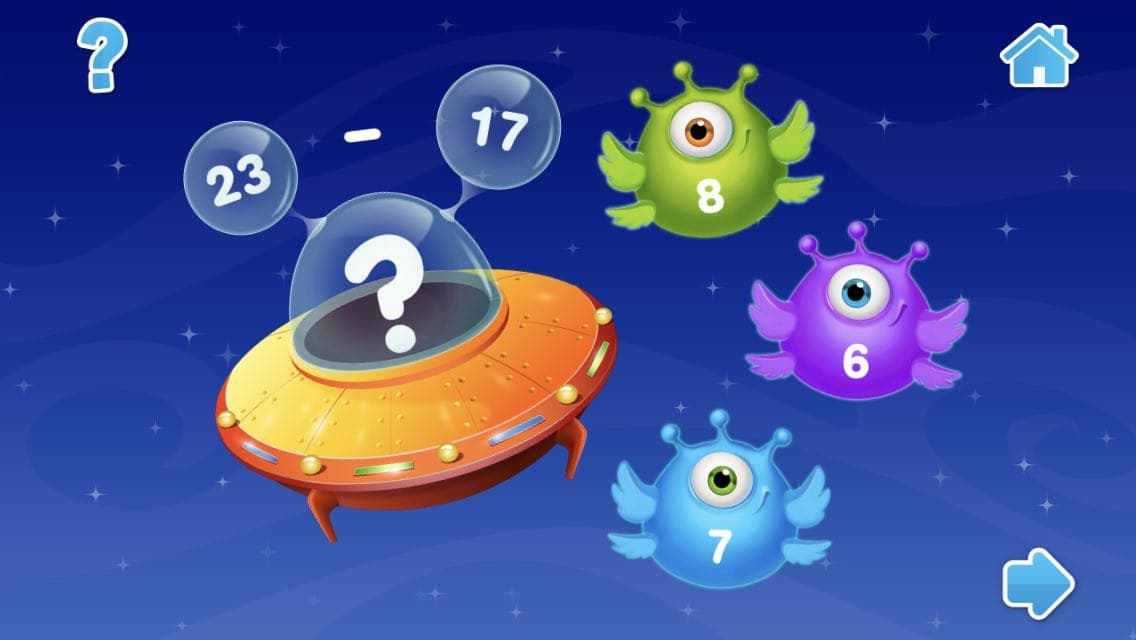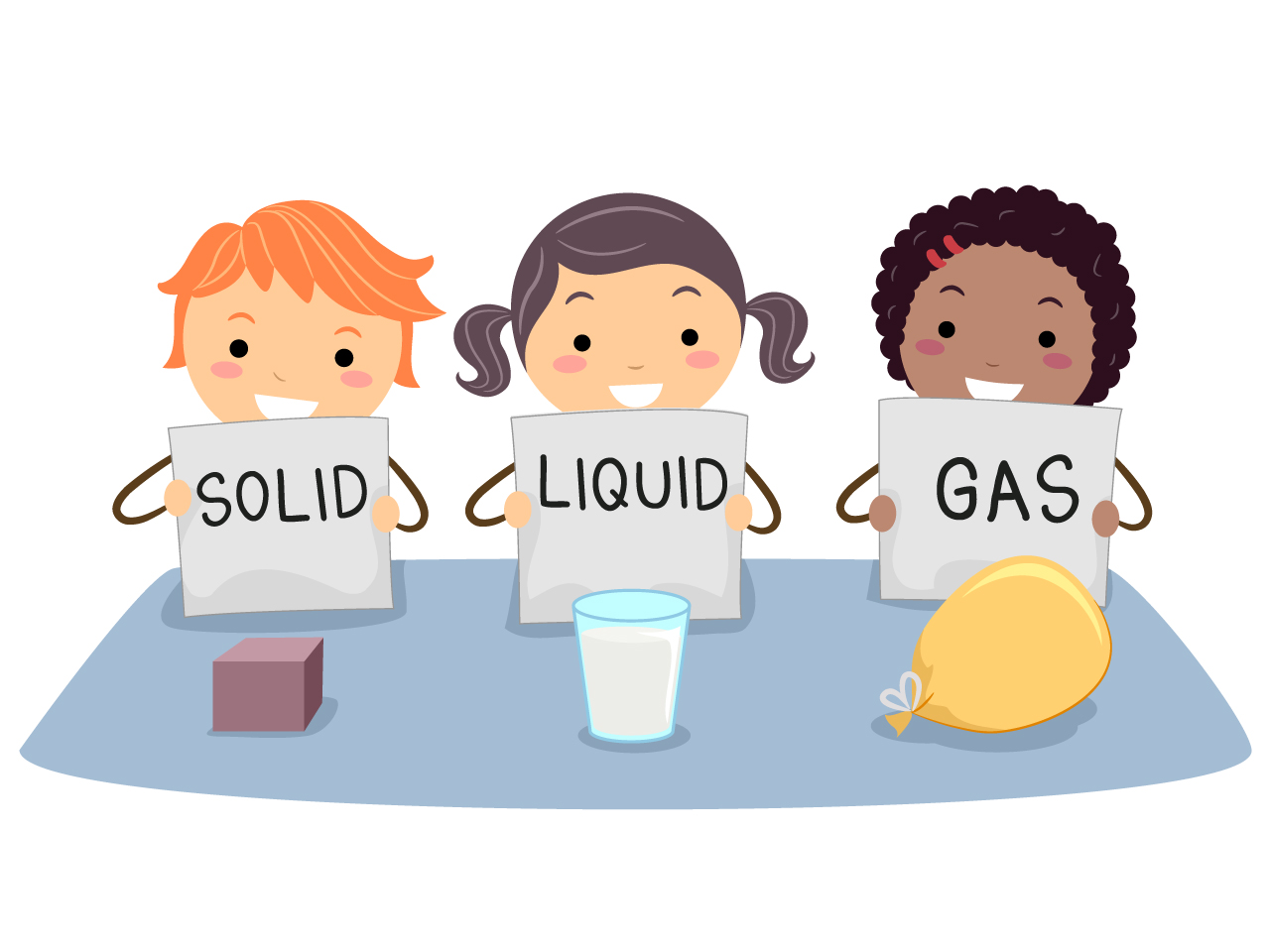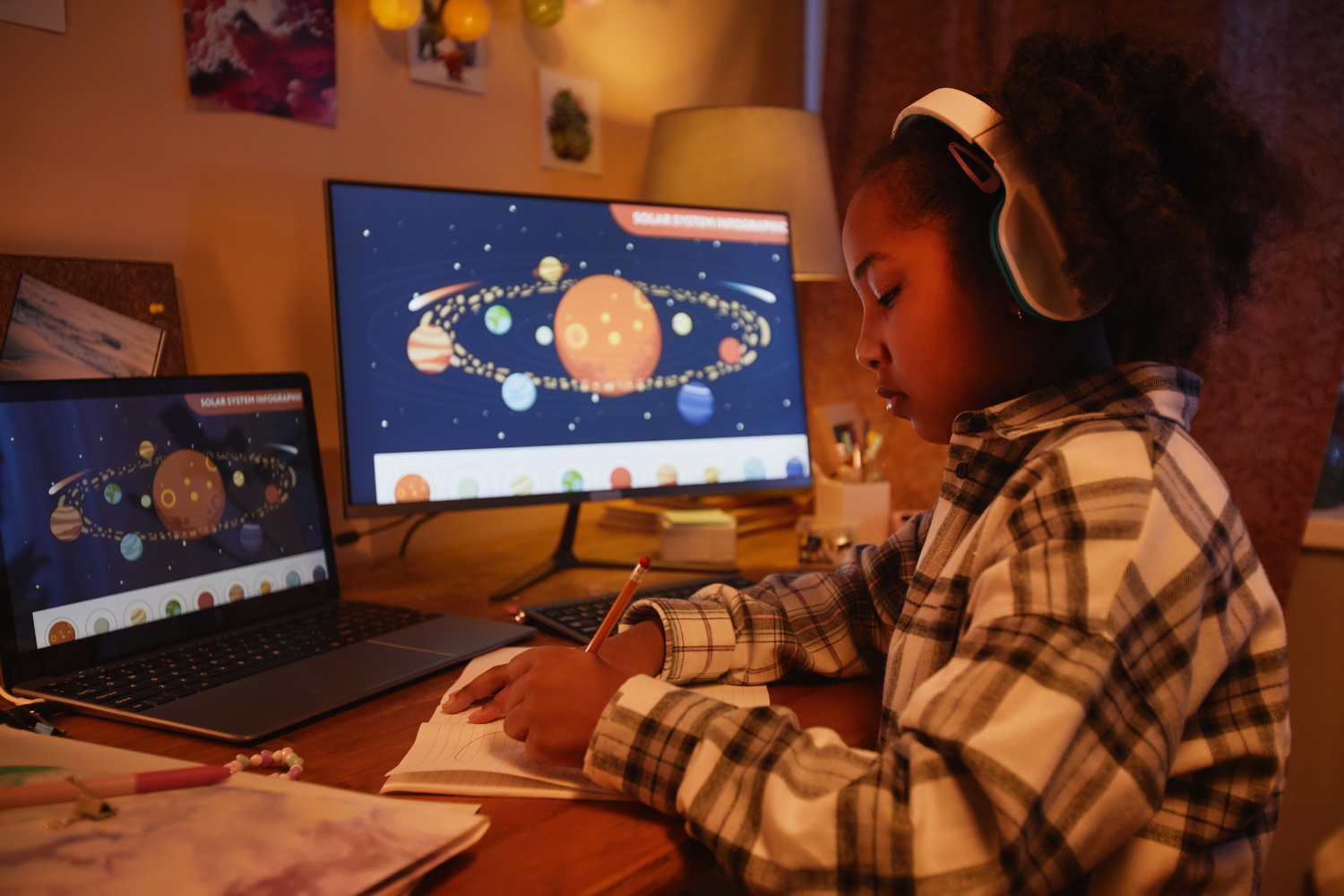The Importance of Interactive Learning
Sept. 13, 2021
What Is Interactive Learning?
Interactive learning is a learning method that encourages and relies upon a ‘hands-on’ approach, from both the students and educators. It focuses on ensuring the students are engaged and active within a guided social process of learning, as facilitated by the teacher.
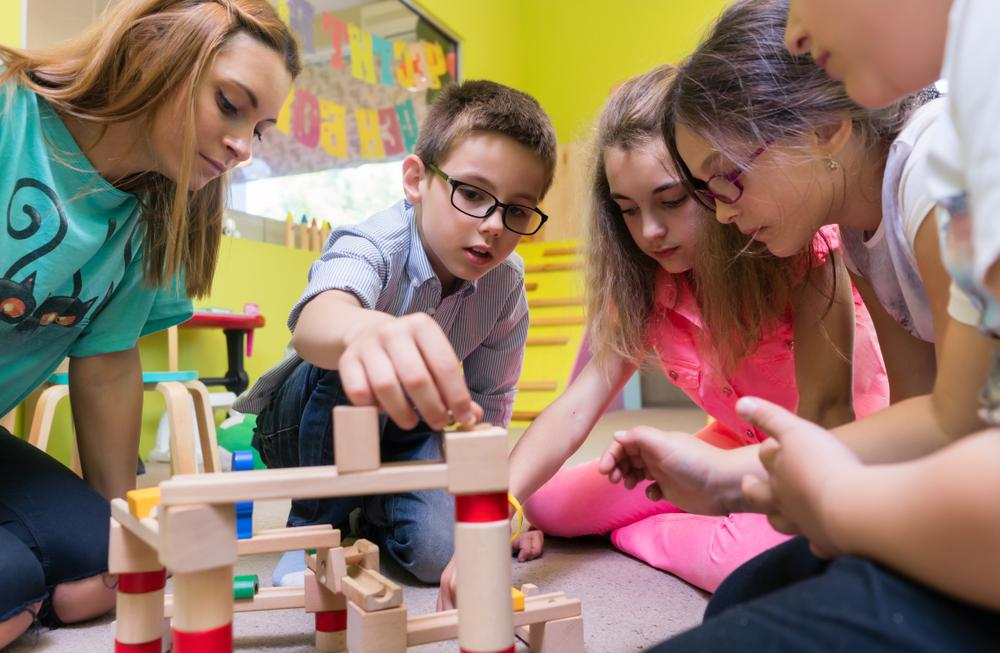
The process of interactive learning has both online and offline elements. The offline aspects involve group learning and sees children undertaking problem-solving tasks as a collective. It encourages the development of practical skills and can be a great way for children to learn the importance of teamwork, enhance their listening skills, as well as develop their practical abilities.
For example, within a classroom, an interactive learning process might see the teacher split children into groups of five and ask them to build a tower using spaghetti, marshmallows, and tape.
Together the group will need to understand the task fully, discuss the best ways in which to build a tall, sturdy tower, choose the most successful method and then implement it effectively. As well as being lots of fun, there are so many skills that can be learned here, and an added bonus is that these types of problem-solving tasks are suitable for children across a wide age range.
It is also worth noting that this way of learning is not just an in-school activity, it can also be done in a homeschooling/home-learning environment by the educator/caregiver working as a team with their child, or children, to achieve certain tasks.
The Role of Technology in Learning
As well as being a ‘hands-on’ approach to learning, interactive learning is also the utilisation of technology to aid children’s education. We live in a time of digital transformation and evolution, and it makes sense that technology has become an active part of the education system and process.
A study by the Center for Universal Education (CUE) at the Brookings Institution explored the ways in which technology can ‘leapfrog’ educational progress. The research showed that ed-tech is a valuable resource as it individualises the learning process and helps personalise activities when being used by diverse groups of learners.
As well as personalising the learning process, the study showed that technology helps to encourage playful learning, specifically through the use of games. It praised the way in which using technology allows learners of all ages to interact with their peers all around the world, whilst providing valuable data for educators to follow how their students are progressing.
Student Participation - Active Learning vs Passive Learning
Through both of these implementations of interactive learning, children are encouraged to be active within the learning process. Sitting passively as learners, although sometimes necessary in an educational setting, isn’t always ideal long-term for keeping children engaged.
It is important to encourage interactive and active learning because we want children to be active within their own lives. An article by R.N. Whitehead for Oxford Learning called, ‘How to Protect Children from Developing Passive Minds’ explores this idea. She emphasises the importance of active learning whilst children are young because changing a mindset from passive to active after the age of 10 is much harder.
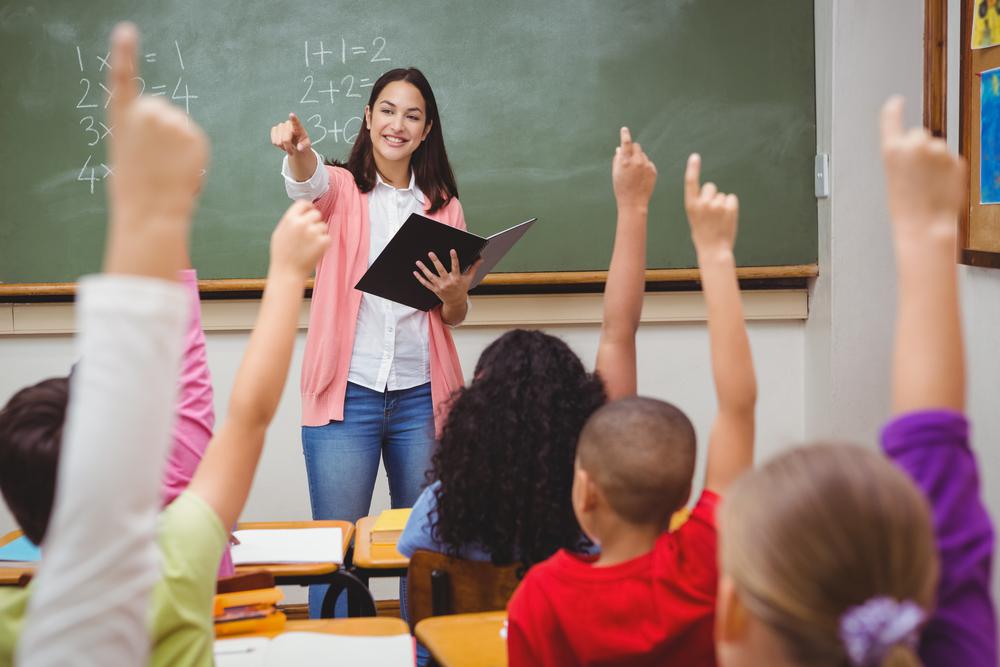
Whitehead says:
“We can grow, discover new and fascinating things about life, and understand much more with our mature intelligence. But changing the way we think and learn is extremely difficult after about the age of 10. This is why it is essential for us to learn to be active intellectually while we are children. Helping children along this path as they discover the joys of an active, inquisitive, unafraid and healthy mind is one of the greatest gifts of parenthood – for both parents and children.”
Kid’s Academy Resources That Can Support This Approach
With resources and teaching materials for children from three up to the age of eight, Kid’s Academy is a valuable hub for teachers and parents alike with the desire to make their lessons more interactive.
You can find interactive games for your learners spanning all subject areas including maths, chess, social studies, science, English language, arts, the world around us, and easy maths and logic.
Kid’s Academy also has a wide variety of videos focusing on a range of topics for children from Preschool to Grade 3. Whether you and your little learners are exploring the solar system, politics, A, B, C’s, or Independence Day, there are suitable and engaging video resources for you to utilise here.
Tips for Parents - Homeschooling and Homework in an Interactive Way
Now, let’s take a look at the ways you can make homeschooling or home learning with your children fun and engaging.
Firstly, head to the Kid’s Academy’ interactive resource page and explore the wide variety of options at your disposal there. These are sure to liven up the home working environment, by adding games, videos, and interactive activities into the learning process.
As well as games that use technology, you should also facilitate your little learner in playing lots of hands-on games that ensure they remain engaged and on the move whatever the subject matter is.
It is also important to note that there is no need to remain static when homeschooling or learning with your child. The world is literally your child’s oyster. So take regular field trips. Pack a bag, choose a location that correlates with your learning goals for that week and head out. If you are exploring marine animals, head out to the aquarium. What better way to study the majestic creatures of the deep blue sea, than watching them in action.
Another great way to create interactive learning opportunities is to plan activities around national events, public holidays, and seasonal occurrences. The obscurer and more varied, the better! Tips: a play-based learning approach is key!

Your child will have a wonderful time on National Dress Up Your Pet Day, and learn so much on National Religious Freedom Day. Imagine their excitement on National Waffle Day, and how much they will value the beautiful landscapes and adventurous narratives on National Tolkien Reading Day. Don’t be afraid to be weird and wacky. Your young learners will thank you for it. Home learning does not have to be rigid and passive. The more active, engaging and fun the experiences they have, the more your child will thrive.
Tips for Teachers - Interactive Lessons
For teachers looking to make their lessons more interactive, it is always worthwhile testing out the technology you are using before you have a room full of students in front of you. There may be teachers who are a little nervous, or unsure about tech and interactive teaching - always have a test run. Preparation is key.
This way you can have your game loaded and ready to go when your students come in from break time. A great tip for those teachers using technology/conferencing software to facilitate lessons and distance learning is to record lessons. As well as being perfect for those students who were unable to attend, they also act as valuable resources for future learning opportunities and revision.
Immersion Is Key
Essentially, interactive learning, whether that involves using technology or focusing on ‘hands-on’ learning techniques, is about engaging learners. Children learn best when they are immersed and encouraged to work cooperatively, as opposed to competitively.
A Unesco study called ‘How Children Learn’ found that children learn best when they are motivated and enthusiastic. The research states that those teaching children should:
“Promote co-operation rather than competition. Research suggests that competitive arrangements that encourage students to work alone to achieve high grades and rewards tend to give the message that what is valued is ability and diminish intrinsic motivation.”
The research also says it is important to:
“Provide novel and interesting tasks that challenge learners’ curiosity and higher-order thinking skills at the appropriate level of difficulty.”
By doing this, children are more likely to engage and through high levels of engagement come higher levels of self belief, achievement and motivation.
About the author
Alison Carter - Play-Based Educator, ESL Teacher, Trauma Sensitive Yoga and Pilates Teacher.
Manchester, England, UK.






